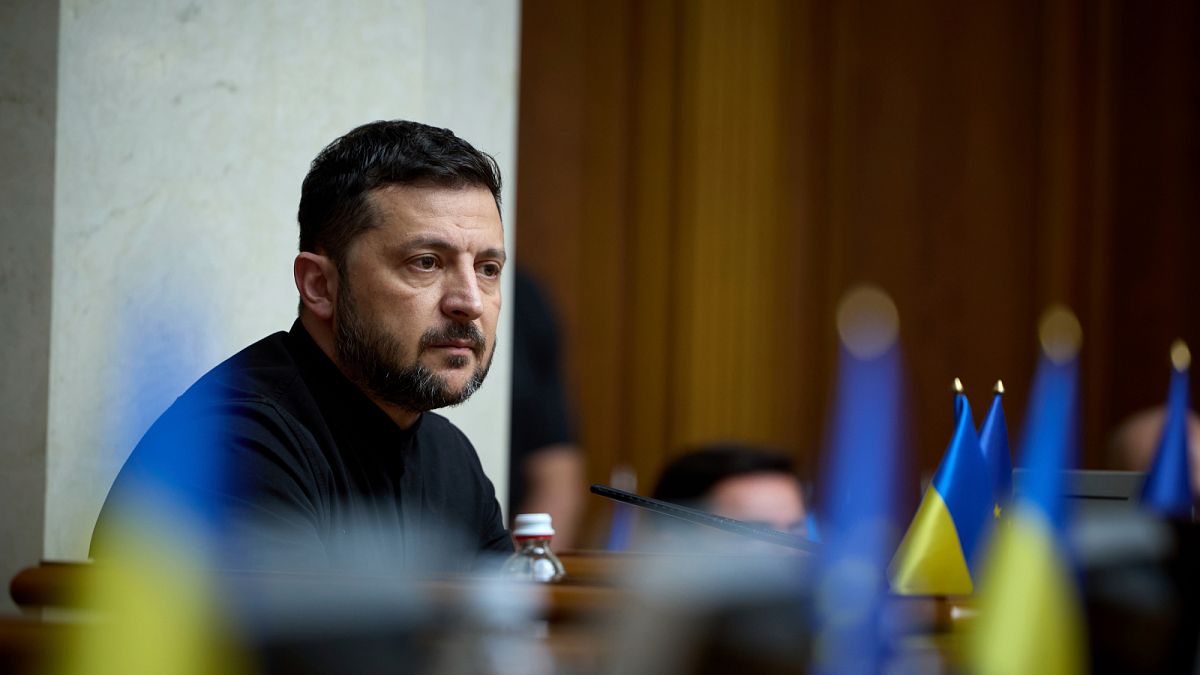

In a concerted effort to bring peace to Eastern Europe, Ukrainian President Volodymyr Zelenskyy has proposed a new round of peace talks with Russia. This proposal underscores Ukraine’s commitment to resolving ongoing tensions amid intensified military actions. Over recent weeks, Russian forces have escalated their long-range attacks, deploying more drones in a single night than in several months of the prior year. Despite these challenges, Kyiv remains determined to pursue dialogue, with President Zelenskyy expressing his readiness to engage face-to-face with Russian President Vladimir Putin. Such direct discussions hold the promise of bridging differences where previous negotiations, including two rounds held in Istanbul, fell short. Although those talks did not yield a ceasefire, they did manage to facilitate some humanitarian exchanges, including prisoner swaps and the respectful return of fallen soldiers.
Meanwhile, another peace negotiation process is set to continue under the auspices of the United Nations. Despite recent five-party talks on the long-standing Cyprus conflict concluding without a resolution, the involved parties remain hopeful as further mediation is scheduled to resume in September. The cyclical nature of these diplomatic engagements depicts the complexity and the delicacy required in addressing entrenched geopolitical issues. The UN’s sustained involvement highlights a steadfast international commitment to finding equitable solutions for all parties involved, fostering an optimistic outlook on eventual progress.
In a significant development in the Middle East, Israel and Syria have reached a ceasefire agreement following recent escalations of conflict in Syria’s southern Sweida region. The turmoil, primarily involving clashes between the Druze minority and other tribal groups, had tragically claimed hundreds of lives over the past week. This ceasefire deal emerges as a beacon of hope for stability in the region, working towards alleviating human suffering and possibly paving the way for more comprehensive peace discussions in the future. It reinforces the power of dialogue in de-escalating hostilities and nurturing an environment where more permanent resolutions might be crafted.
These efforts are a testament to the persistent pursuit of peace across various regions grappling with conflict. Despite the challenges these negotiations face, the willingness of global leaders to engage in dialogue represents a thoughtful commitment to collaborative problem-solving. Each of these cases demonstrates how peace efforts can provide intermediate achievements, like humanitarian cooperation, while setting the stage for more significant breakthroughs. The journey to peace, though fraught with setbacks and complexities, is being traveled with mindful determination.
Globally, such diplomatic endeavors highlight the critical role of persistent engagement, open communication, and international collaboration in conflict resolution. The recurring emphasis on dialogue underscores the potential for peaceful outcomes even in scenarios marked by deep-seated tensions. As these peace talks continue to unfold, they serve to remind us of the value of patience, understanding, and cooperation in the pursuit of lasting solutions. Peace processes, like any journey of significance, require time and perseverance, but the shared benefits they offer can transform futures, fostering stability and harmony in areas previously mired in conflict.
As nations continue down this pathway towards peace, the world’s attention remains on these complex interactions, ever hopeful for resolution. It is this collective hope and the continued efforts of those engaged in dialogue that drive the prospects of peace forward, inviting a future of reduced conflicts and greater unity. While no single effort can instantly resolve such intricate geopolitical issues, each step taken in pursuit of peace adds to the global tapestry of efforts geared towards a more harmonious world. In the spirit of mindful diplomacy, these ongoing discussions mark progressive strides in the ever-evolving landscape of international relations.
Source: {link}
